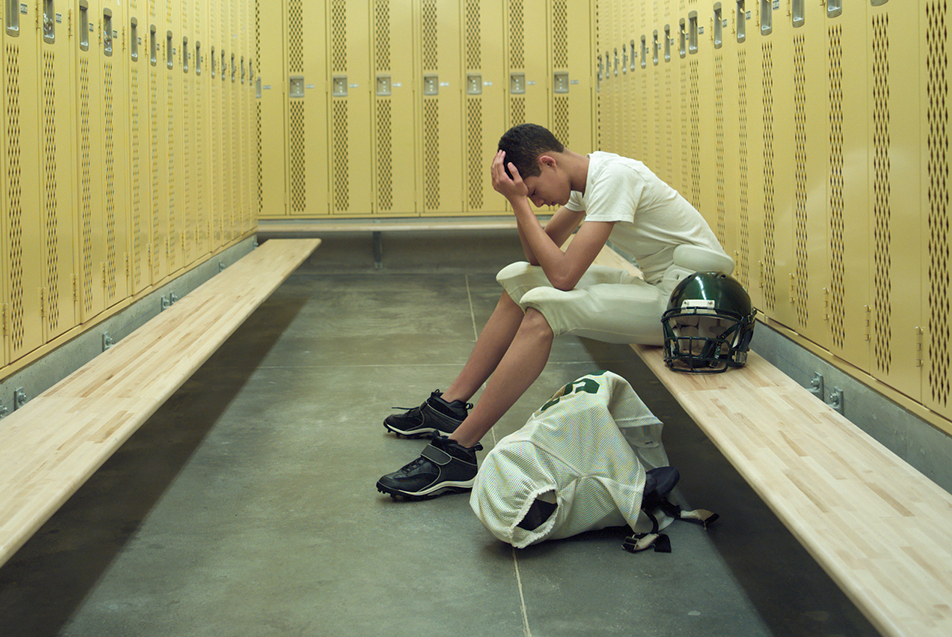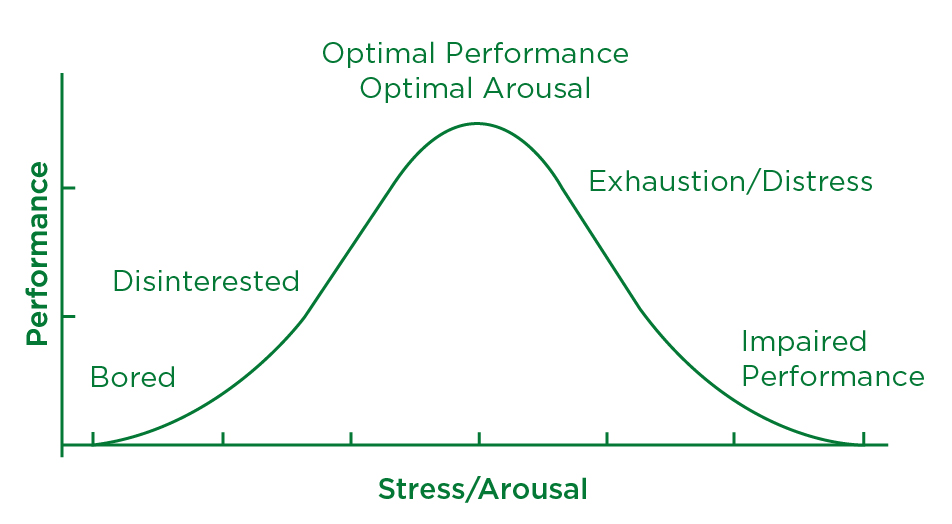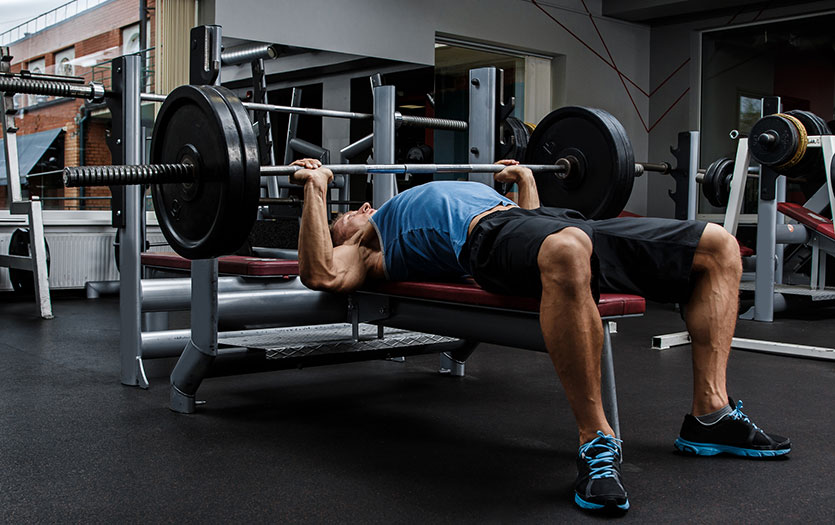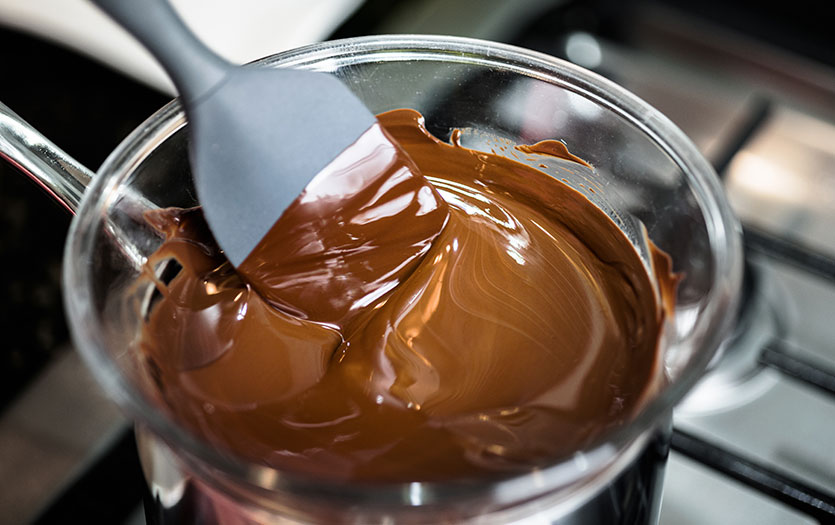
This post was written by Kristen Varian, PsyD, post-doctoral psychologist, Park Center, Parkview Behavioral Health Institute.
The Olympic Games are in full swing in Tokyo and those who watch have seen amazing feats of athletic performance in many different areas of sport. We have also seen the pressure that athletes are under to perform to the best of their ability, break world records and compete to earn a medal for their country.
Increasingly, there have been athletes who have spoken out about mental health issues in general and the tremendous pressure athletes face in order to compete at an advanced level. Some of those include athletes like swimmer Michael Phelps, tennis player Naomi Osaka and basketball player Kevin Love. Most recently, Simone Biles removed herself from the Olympic team competition because of the impact of mental health symptoms on her performance.
There were comments and stories all over the media, both in support of and criticizing her decision. Some made light of the issues she was facing and suggested she continue to compete anyway. Those stories and comments are why talking about performance anxiety and athlete mental health is so important. The reality is our brains and bodies are so interconnected, and the mental aspect of performance is just as important as the physical. In many sports, feeling mentally unprepared can result in serious injuries, which can then worsen performance anxiety and other mental health issues.
Recognizing performance anxiety
Many of us do not personally know an Olympic or professional athlete, but we likely know at least one person who is active in sports. That athlete might even live in your home. Performance anxiety can occur in athletes of all ages, and it’s important to know the signs and symptoms in order to get ahead of the problem and address it when it occurs.
Some level of performance anxiety is healthy and normal. In psychology, there is a relationship between stress/arousal and performance, called the Yerkes-Dodson law.

As the bell-curve shows, when there is not enough stress or arousal people under-perform. They are bored, disinterested and do not put much effort into the task. When stress and arousal increase slightly, so does performance, until there is a point of optimal arousal and optimal performance. This is where we perform at our best, whether we are engaging in athletics or completing tasks at work. As stress and arousal continue to rise, performance decreases as a result of too much stress and anxiety. This can appear as exhaustion, panic, burnout, giving up or quitting, and general impaired performance.
Knowing this information, we want to prevent the stress and anxiety from getting too high. One thing you can do is to acknowledge the stress and pressure and believe student-athletes when they say the pressure to perform is too much. Some athletes may come out and tell you, while others may complain of weakness, racing heart rate, lots of “butterflies” in their stomach or a stomachache, muscle tension, or they may appear sweaty and clammy prior to performance. They may also become very frustrated with their athletic performance or engage in a lot of negative self-talk such as “I can’t do it,” “I’m going to fail,” and other self-demeaning comments.
Helping your athlete
It’s important to talk about these symptoms, normalize them, and address them rather than ignore them or tell the athlete to play through the pain. It can help to go back to the basics and help the athlete build mastery with more simple athletic tasks to build confidence. Self-affirmations can be helpful in building confidence and combatting negative self-talk. These can be statements spoken out loud or repeated internally such as, “I can do it,” “I believe in myself,” or statements specifically directed toward the anxiety-provoking task.
Breathing exercises can also be helpful, such as diaphragmatic or belly-breathing and paced breathing. Progressive muscle relaxation can help relieve muscle tension associated with anxiety. Finally, mental imagery exercises can help the athlete imagine performing well prior to the performance to decrease anxiety.
Overall, prevention and education are the first steps in addressing performance anxiety and the stigma regarding mental health issues in athletes. Letting student-athletes know they are not alone can go a long way in helping them deal with any potential mental health issues.
If you have continued concerns about your athlete, reach out to your primary care provider or a mental health professional.
*A big thank you to my wonderful friend Alexandra Simmons, PsyD, MA Sport Psychology, Sport Psychology Doctoral Fellow at University of California Davis for her willingness to consult on this piece.



